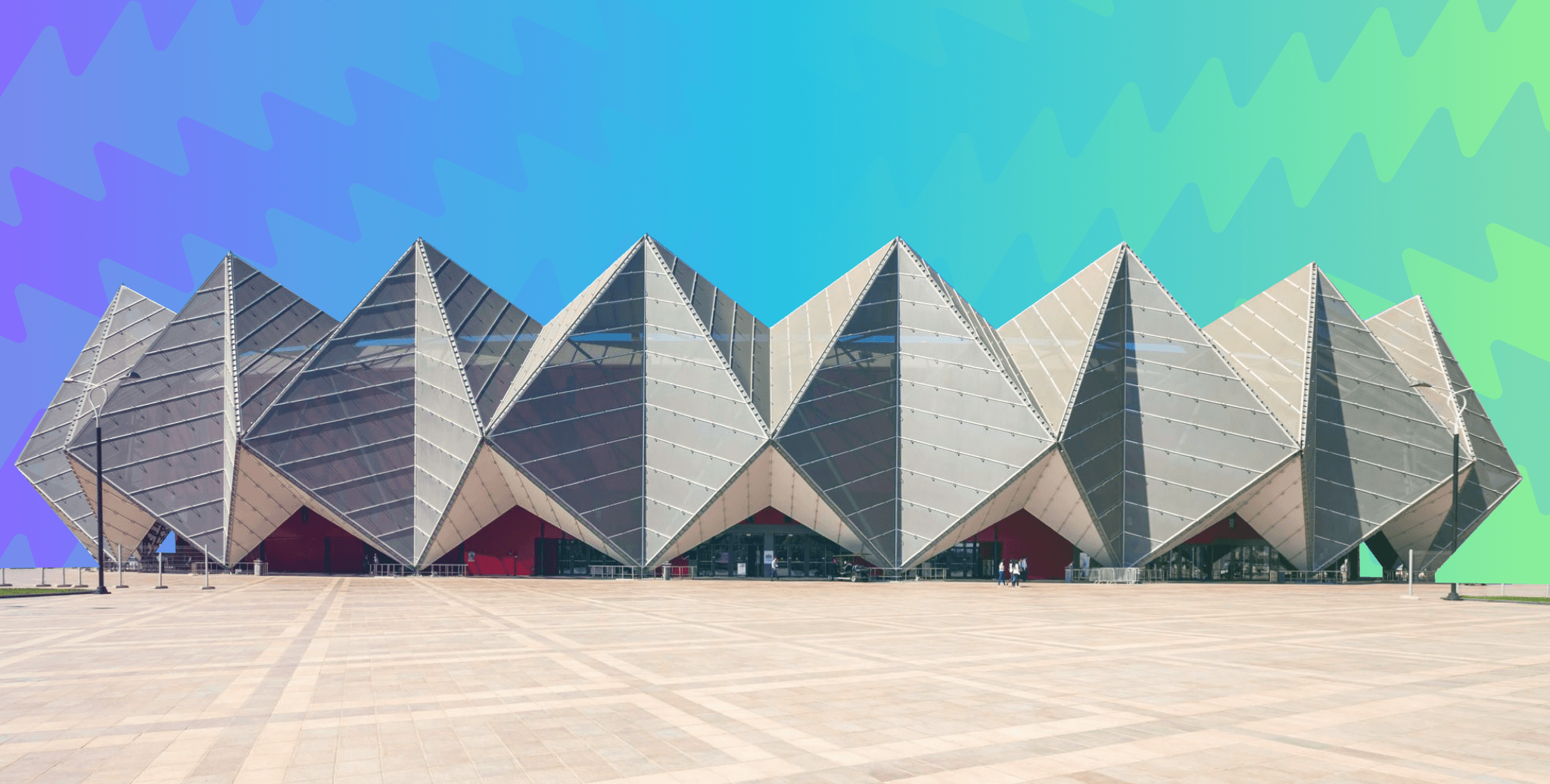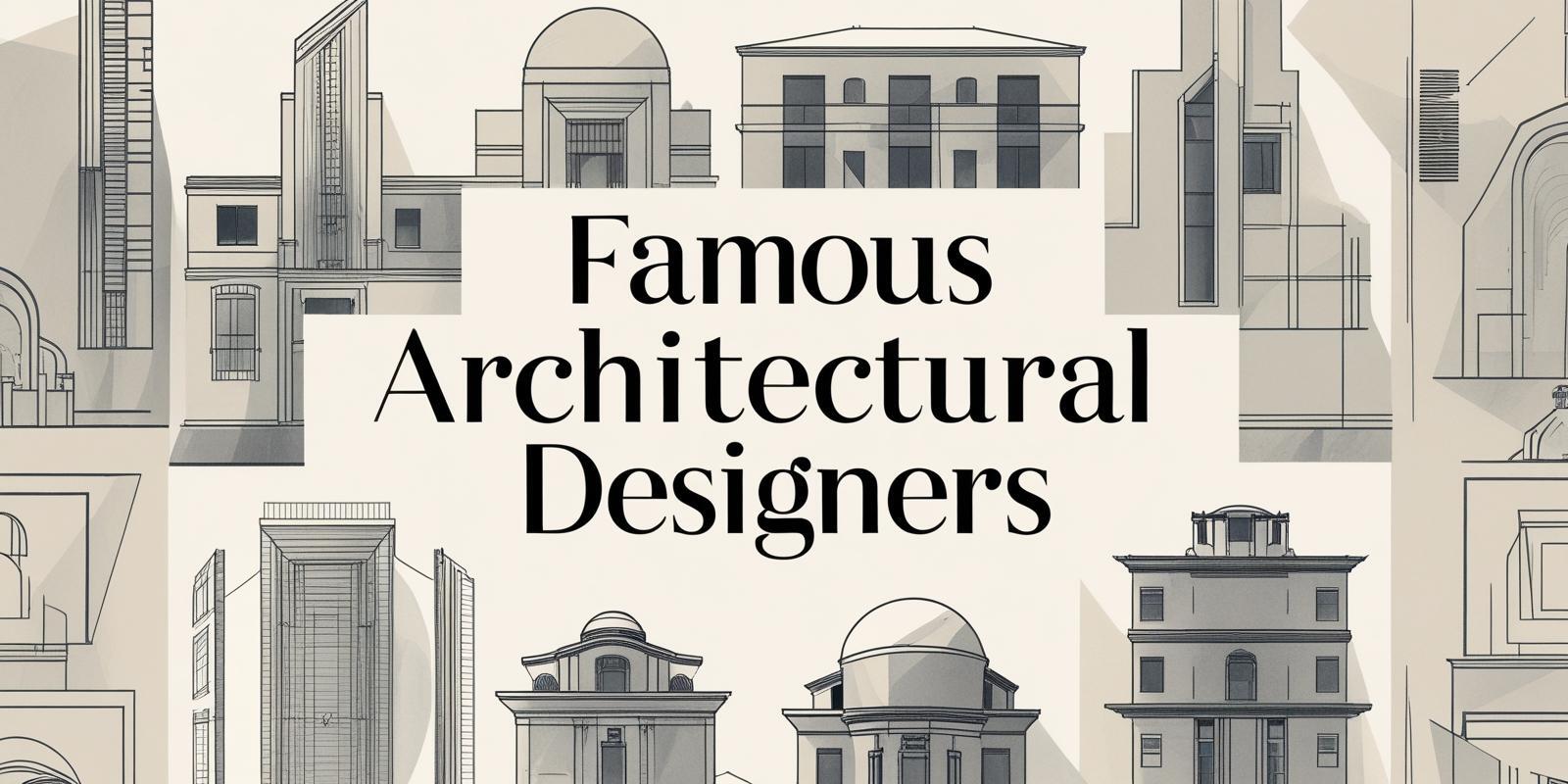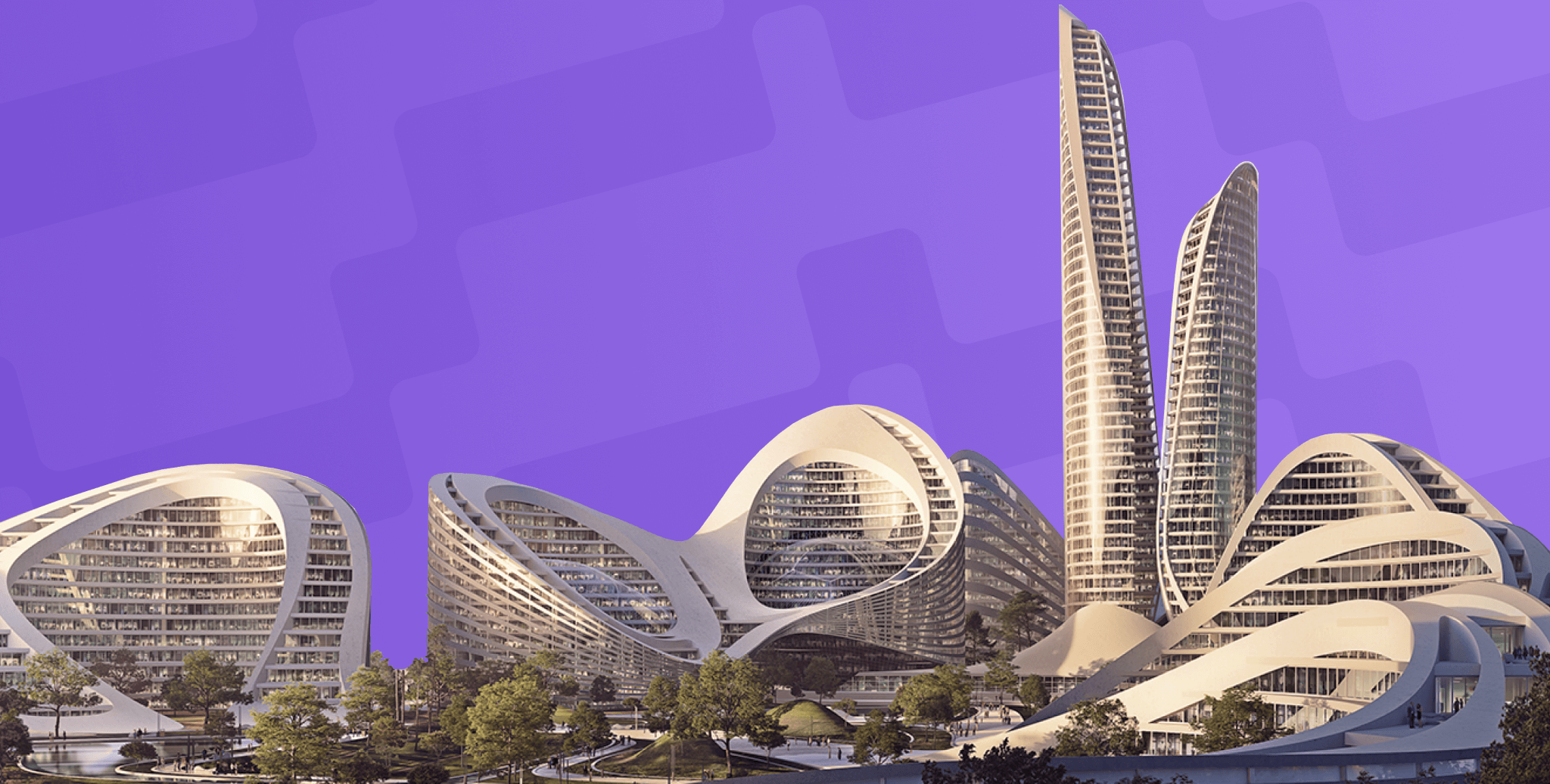Museums today have become cultural landmarks that merge storytelling, public engagement, and architectural innovation. Recent data about museums shows that in the United States alone, museums receive over 850 million visits each year, reflecting the rising global interest in well-designed cultural institutions.
This surge in engagement has also renewed attention around museum architecture, showing buildings that successfully integrate creativity, function, and visual identity. Many of these spaces remain admired for their bold concepts and lasting contribution to iconic museum designs, influencing how cultural buildings are shaped in 2025 and beyond.
List of Top 10 Museums in the World
Here are ten outstanding examples of world renowned museum architecture, noted for their design, setting and cultural impact:
1. Solomon R. Guggenheim Museum, New York City

The Guggenheim museum architecture continues to stand as one of the most influential works of circular form and architectural expression. Its spiral ramp creates a continuous gallery experience, encouraging visitors to move through art in a fluid progression rather than in isolated rooms. The building remains central to discussions on New York museum architecture, as its sculptural character challenged traditional museum layouts. Its design also contributes to the profile of iconic museums in the world, as it demonstrates how geometry and light can shape visitor engagement.
2. The Broad, Los Angeles

The Broad features a porous facade known as "the veil," which filters daylight into the museum and shapes a calm interior atmosphere. This design approach connects well with the functional needs of contemporary art spaces, where lighting and circulation play a major role in how exhibitions are experienced. The structure frequently appears in discussions of the broad museum architecture due to its blend of visual softness and structural clarity. As one of the most striking famous museum buildings in the world, it captures how modern museums can be both expressive and environmentally responsive.
3. Denver Art Museum, Colorado

Known for its sharp, angular planes and metallic composition, the Denver Art Museum showcases a form that appears in motion even while standing still. The building challenges the idea that museums must be neutral containers for art, instead becoming part of the artistic dialogue itself. This makes it a prominent example of Denver Art Museum architecture, especially for its experimental geometry. Inside, flexible gallery spaces support a wide variety of exhibitions and curatorial styles, showing how strong visual expression and practical utility can coexist.
4. Milwaukee Art Museum, Wisconsin

The Milwaukee Art Museum is celebrated for its moving brise soleil, which opens like wings each morning and closes later in the day. This feature gives the building a unique kinetic expression that aligns with its lakeside setting. Visitors experience both static and dynamic qualities, which add richness to the interaction between structure and environment. Its design remains central to Milwaukee Art Museum architecture, showing how engineering and aesthetics can collaborate in meaningful ways.
5. Palm Springs Art Museum, California

With clean lines and climate-conscious detailing, the Palm Springs Art Museum reflects the principles of desert modernism. The structure balances heavy massing with thoughtful openings to control heat and light, supporting exhibitions in a region with intense sunlight. It showcases how cultural buildings can adapt to environmental demands without sacrificing elegance. As a reference for palm springs art museum architecture, it represents restraint, proportion, and regional sensitivity.
6. Weisman Art Museum, Minneapolis

Frank Gehry’s Weisman Art Museum is characterised by expressive curves and reflective metal surfaces that shift appearance depending on weather and time of day. These qualities give the building a dynamic presence, creating changing visual impressions for visitors and passersby. The fluid forms connect well with Gehry’s larger body of work, yet the museum maintains its own identity within the local landscape. Architects and students often examine weisman art museum architecture to understand how complex geometry can be executed with precision.
7. Grand Egyptian Museum, Giza

The Grand Egyptian Museum, located near the Pyramids of Giza, is one of the most ambitious cultural projects of the century. Its monumental triangular motifs and vast inner courtyards create an environment that pays homage to ancient geometry while maintaining modern structural clarity. The building represents a new standard for grand Egyptian museum architecture, combining symbolic form with contemporary engineering. Large open spaces support significant archaeological displays, allowing visitors to experience artefacts in a setting that shows both history and innovation.
8. Glenstone Museum, Potomac

Glenstone focuses on harmony between architecture, art, and landscape. Minimalist pavilions are arranged around water features and walking paths, creating an atmosphere of quiet reflection. The design encourages visitors to move slowly and observe both natural and built elements. This approach positions Glenstone as a refined example of Glenstone museum architecture, especially for its subtle material palette and understated form.
9. Bonnefanten Museum, Maastricht

The Bonnefanten museum architecture stands out through its cylindrical tower and clean geometric composition, which together create a distinctive profile along the Maas River. Its arrangement of interior spaces balances natural light with controlled viewing environments, addressing the needs of different exhibition types. As an example of Bonaire Museum architecture, it demonstrates how contemporary buildings can engage with historical urban surroundings without imitating them.
10. Perot Museum of Nature and Science, Dallas

The Perot Museum features bold architectural massing and a textured facade that evokes natural geological forms. Its cantilevered escalator tube has become one of its most recognisable features, guiding visitors upward into the main exhibition halls. Inside, the museum encourages exploration through interactive installations and structured circulation routes that support learning for all ages. This design approach makes it an important reference in discussions about Perot Museum architecture, especially for cultural institutions focused on education.
Key Features of Museum Architecture
Museum design requires a balance between aesthetics and the ability to support diverse content. Several characteristics define effective approaches to this type of public architecture.
1. Spatial Flow and Circulation
Clear pathways help visitors navigate exhibitions without confusion. Whether through open floor plans, central atriums, or gently guided progression, circulation becomes part of the visitor experience. This clarity supports both engagement and cognitive ease.
2. Integration with Context
Museums often gain strength from their location. Buildings set within natural landscapes may benefit from openness and transparency, while urban museums might emphasise landmark identity. Context shapes structure, material choices, and overall visual strategy.
3. Material and Structural Expression
Material selection influences a museum’s personality and determines how it interacts with light and weather. Whether reflective metal, textured stone, or translucent facades, materials contribute to the lasting presence of museum architecture and how visitors perceive its form.
4. Flexibility for Exhibitions
Exhibitions change frequently, requiring adaptable internal layouts. Movable partitions, controlled lighting systems, and modular galleries support this need. These features help museums remain relevant as curatorial practices evolve.
5. Lighting Design
Balanced lighting supports both conservation and visibility. Natural light may be filtered through strategic openings, while artificial lighting enhances precision. This dual approach ensures consistency and protects sensitive artworks.
6. Sustainability and Longevity
Energy-efficient systems, thermal control, and durable materials contribute to the long-term performance of cultural buildings. Sustainability also extends to maintenance and operational ease, ensuring the building supports future generations.
These principles, used with intent, contribute to iconic museum designs that remain effective and memorable.
Conclusion
Well-designed museums contribute to cultural understanding, public engagement, and architectural identity.These works show the continuing relevance of museum architecture, offering insight into how architects must consider context, adaptability, and expression. Many of these structures are also recognised among famous museum buildings in the world, reinforcing the important role architecture plays in cultural storytelling.
To continue strengthening your architectural practice and deepen your understanding of design workflows shaping today’s built environment, explore the Master Computational Design Course offered by Novatr, a program created to help architects and designers build future-ready skills through hands-on, industry-aligned training. You can also visit our resource page to access guides, insights, and learning materials that support your growth across different areas of architecture and design.
Was this content helpful to you



.jpg)



